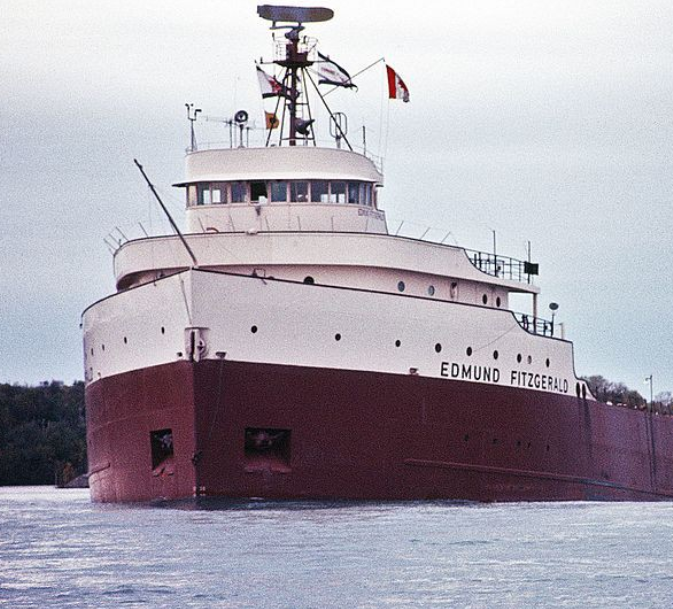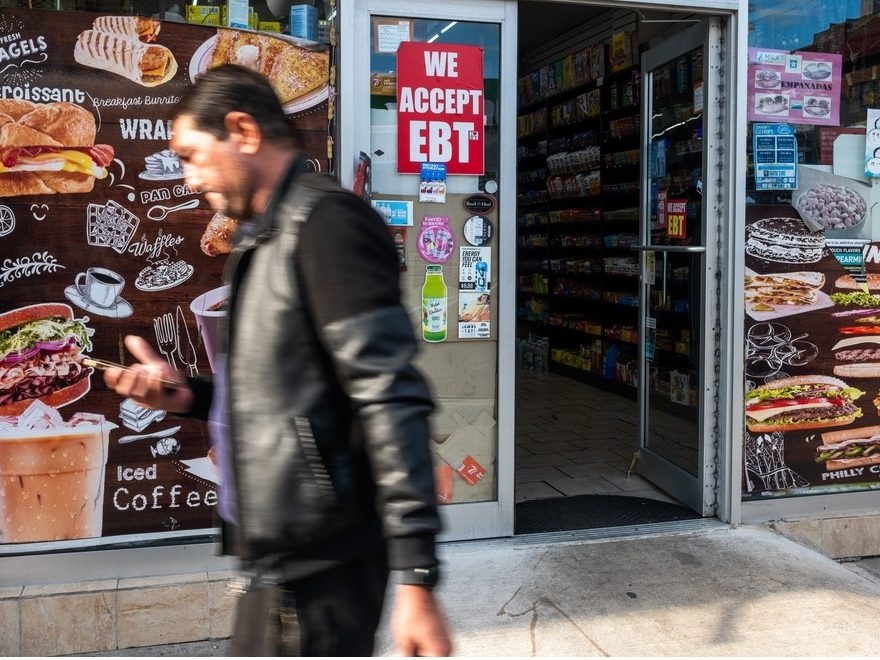A monstrous super typhoon, Fung-wong, crashed into the northeastern Philippines, unleashing a fury that has already claimed lives and forced over a million people to flee their homes. The storm’s arrival comes as the nation struggles to recover from the recent devastation of Typhoon Kalmaegi, a cruel double blow for a country frequently in nature’s crosshairs.
Fung-wong slammed ashore in Dinalungan, Aurora province, unleashing winds reaching 185 kilometers per hour (115 mph) with gusts soaring to 230 kph (143 mph). Its immense size – spanning a staggering 1,800 kilometers (1,118 miles) – threatens to engulf two-thirds of the Philippine archipelago in a relentless onslaught of rain and wind.
Tragedy struck quickly. In Catanduanes province, a villager was swept away by sudden, violent flash floods. Another life was lost in Catbalogan City, Samar, when debris struck a resident amidst the escalating chaos. These are the first confirmed fatalities, a grim foreshadowing of potential devastation to come.

President Ferdinand Marcos Jr. has declared a state of emergency, recognizing the scale of the unfolding crisis. The Philippines is bracing for the worst, acutely aware that Fung-wong, also known locally as Uwan, represents a threat unlike any seen in recent years.
The term “super typhoon” isn’t used lightly in the Philippines. It’s a designation reserved for storms of extreme intensity, a warning signal meant to galvanize immediate and decisive action. This storm demands respect, and a swift, coordinated response.
On the ground, conditions are deteriorating rapidly. Roberto Monterola, a disaster-mitigation officer in Catanduanes, described “zero visibility” as the typhoon’s fury intensified. Despite evacuation orders, some residents remained, clinging to their homes as the storm closed in.
Rescue teams worked tirelessly through the night, pulling 14 people from the roof of a flooded house and saving a family whose home was threatened by the relentless wind. These are just glimpses into the desperate struggles unfolding across the affected regions.
Over a million people have been evacuated from vulnerable villages, particularly in the Bicol region, a coastal area historically susceptible to cyclones and the dangerous mudflows from the active Mayon volcano. The potential for landslides and widespread flooding is immense.
Defence Secretary Gilberto Teodoro Jr. issued a stark warning, emphasizing the potentially catastrophic impact of Fung-wong. The storm’s reach extends far beyond the initial impact zone, threatening Cebu – still reeling from Kalmaegi – and even the densely populated capital region of metropolitan Manila.
Authorities estimate that over 30 million people are at risk, exposed to the hazards of this powerful storm. The message is clear: heed warnings, seek shelter, and prioritize safety above all else. Delay could prove fatal.
As Fung-wong approached, power outages began to plague eastern towns and cities, plunging communities into darkness. Schools and government offices have been preemptively closed, and hundreds of flights have been canceled, stranding thousands of travelers.
A “high risk of life-threatening storm surge” – waves exceeding 3 meters (nearly 10 feet) – has been forecast for over 20 provinces and regions, including metropolitan Manila. Coastal communities are bracing for a potentially devastating inundation.
The Philippines endures an average of 20 typhoons and storms annually, alongside frequent earthquakes and volcanic eruptions. It is a nation intimately acquainted with disaster, a testament to the resilience of its people and the constant need for preparedness.
While the Philippines hasn’t yet requested international assistance following Kalmaegi, allies like the United States and Japan have offered support. The nation stands at a critical juncture, facing a formidable challenge that will test its strength and resolve.





